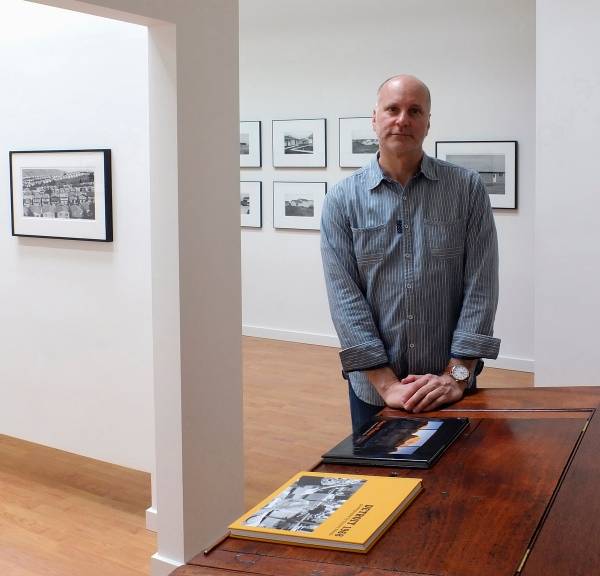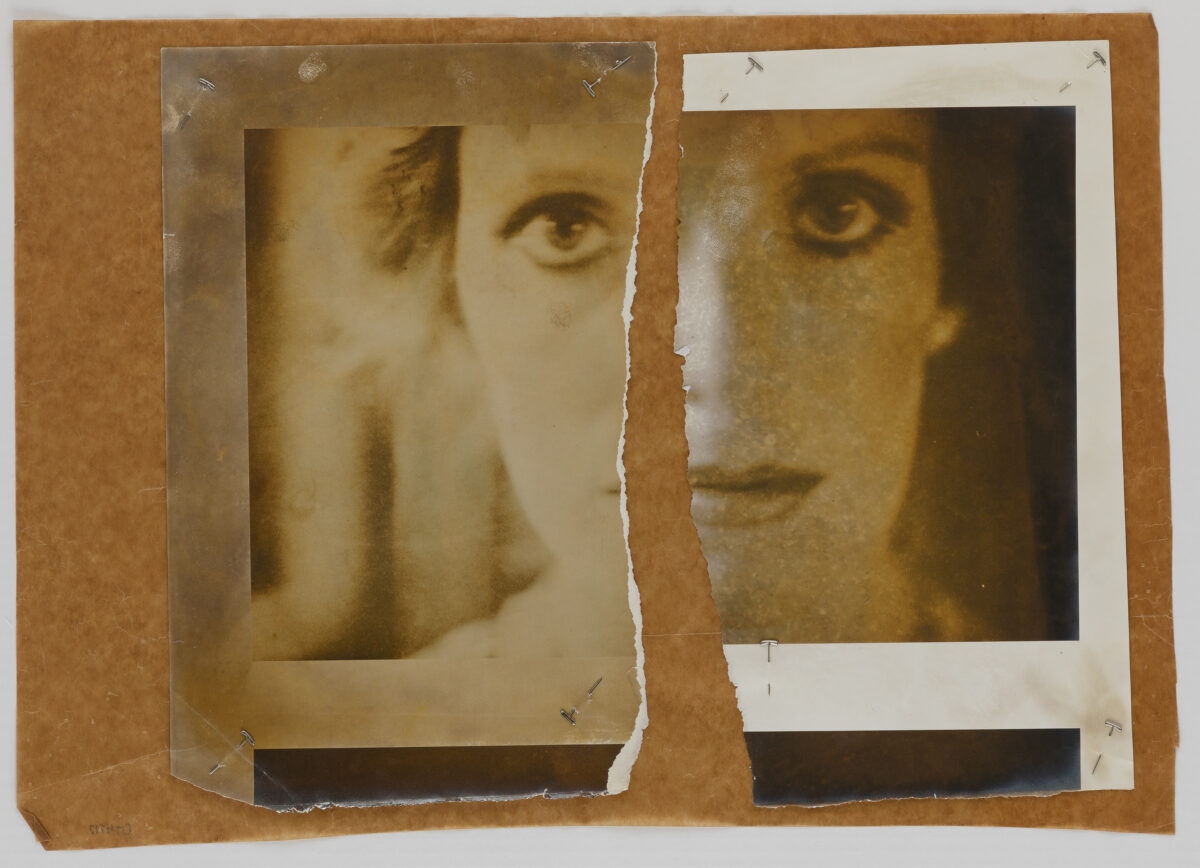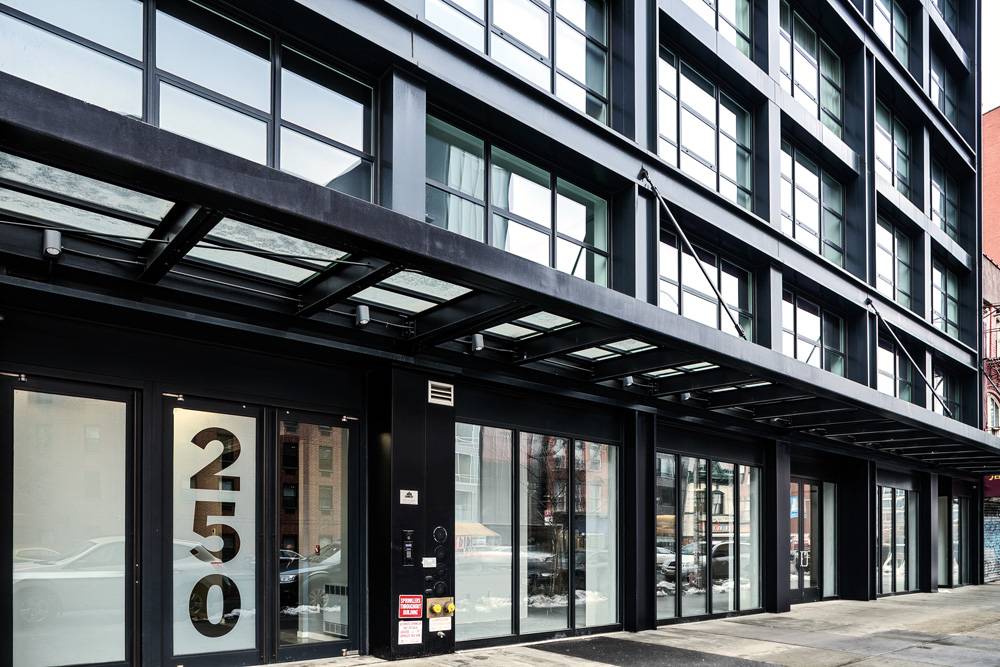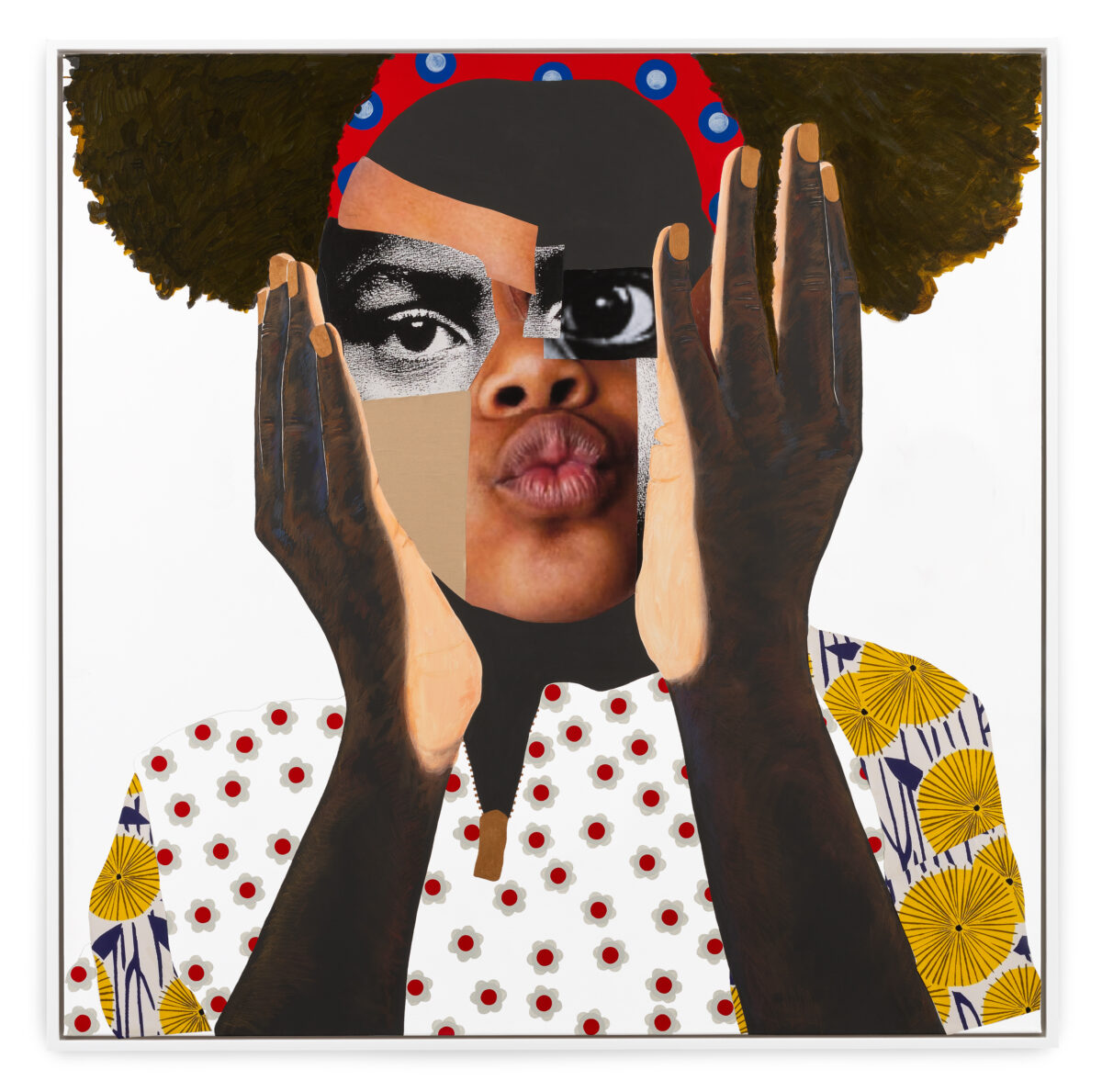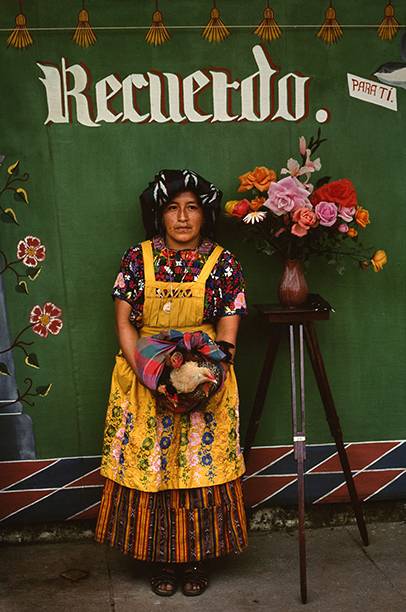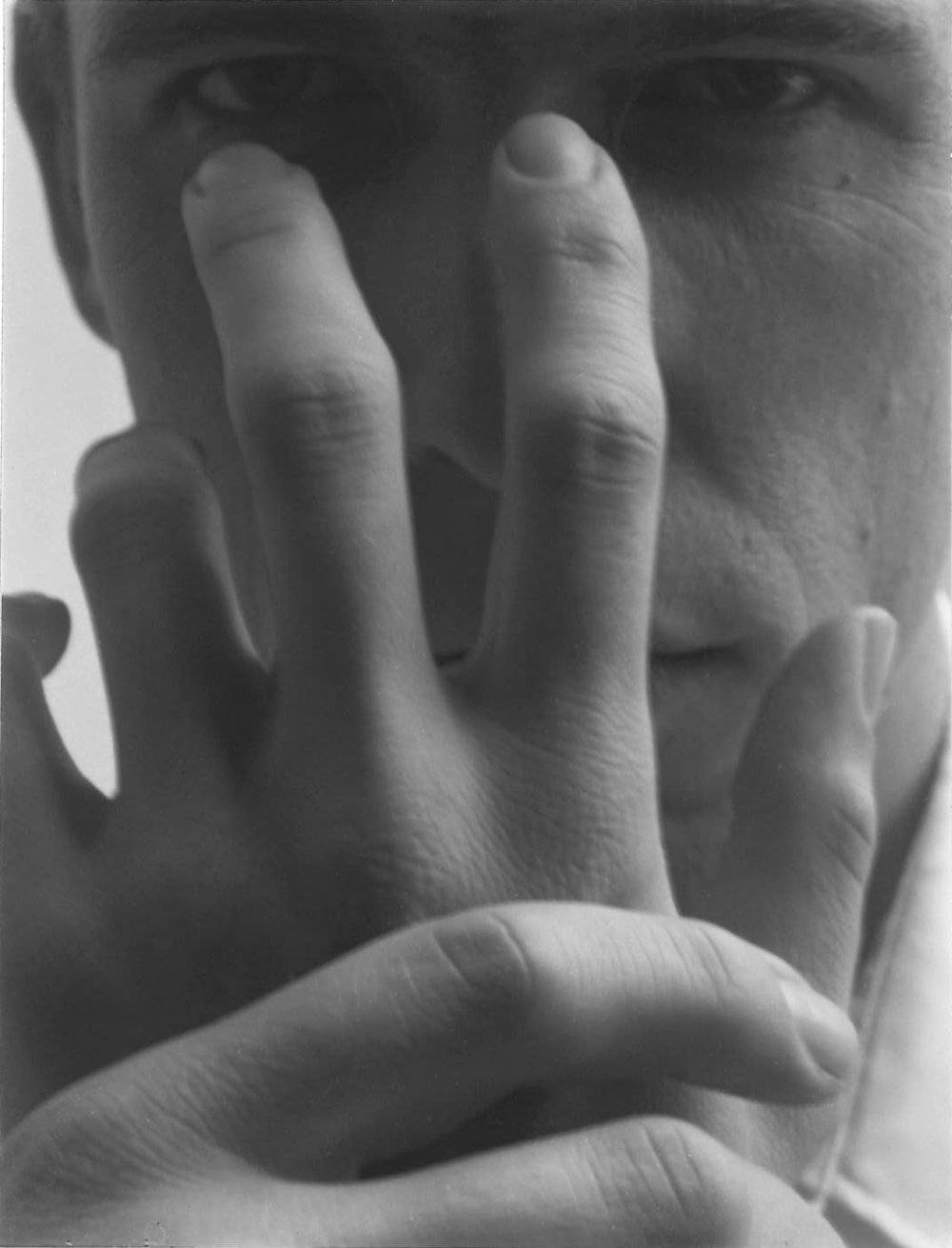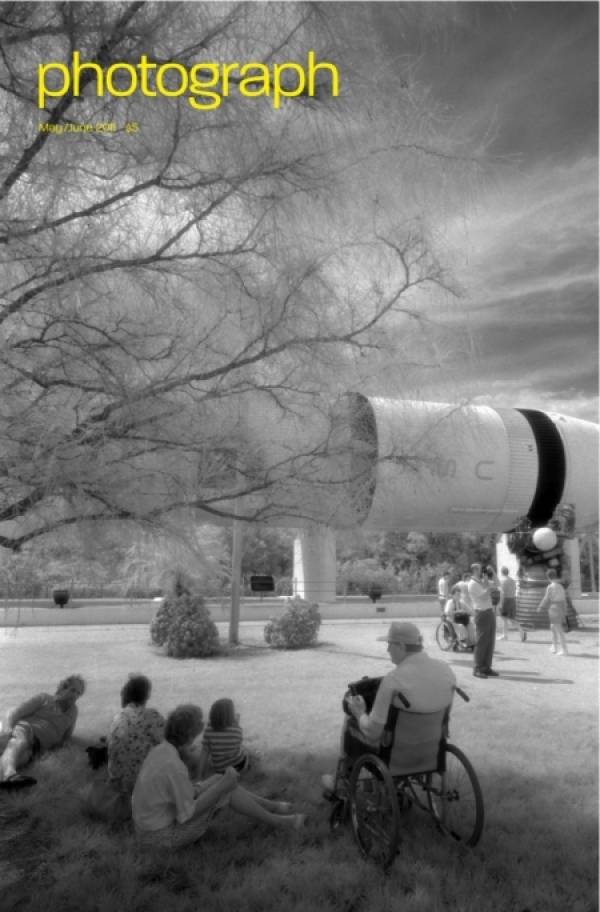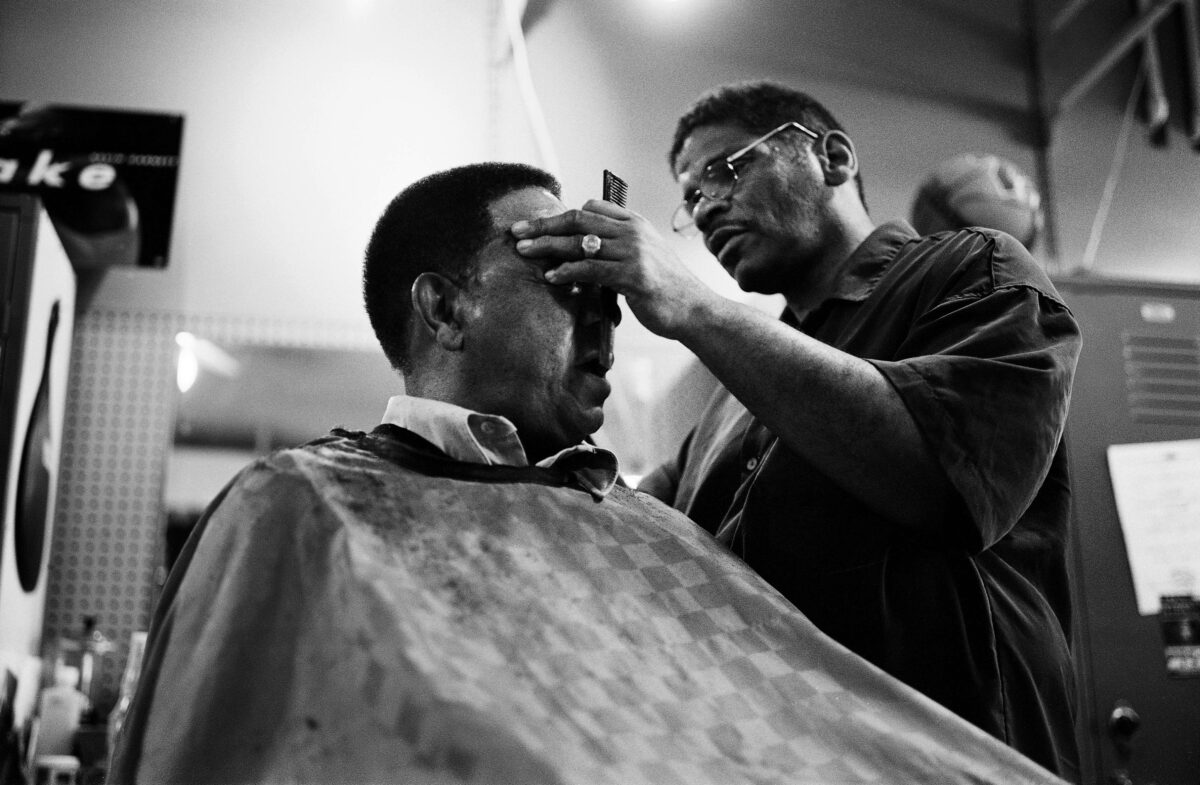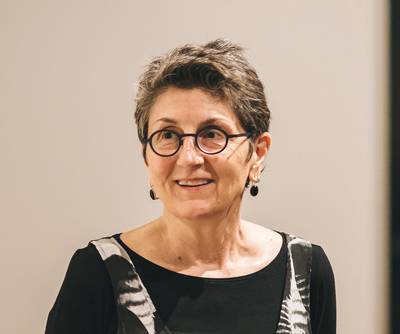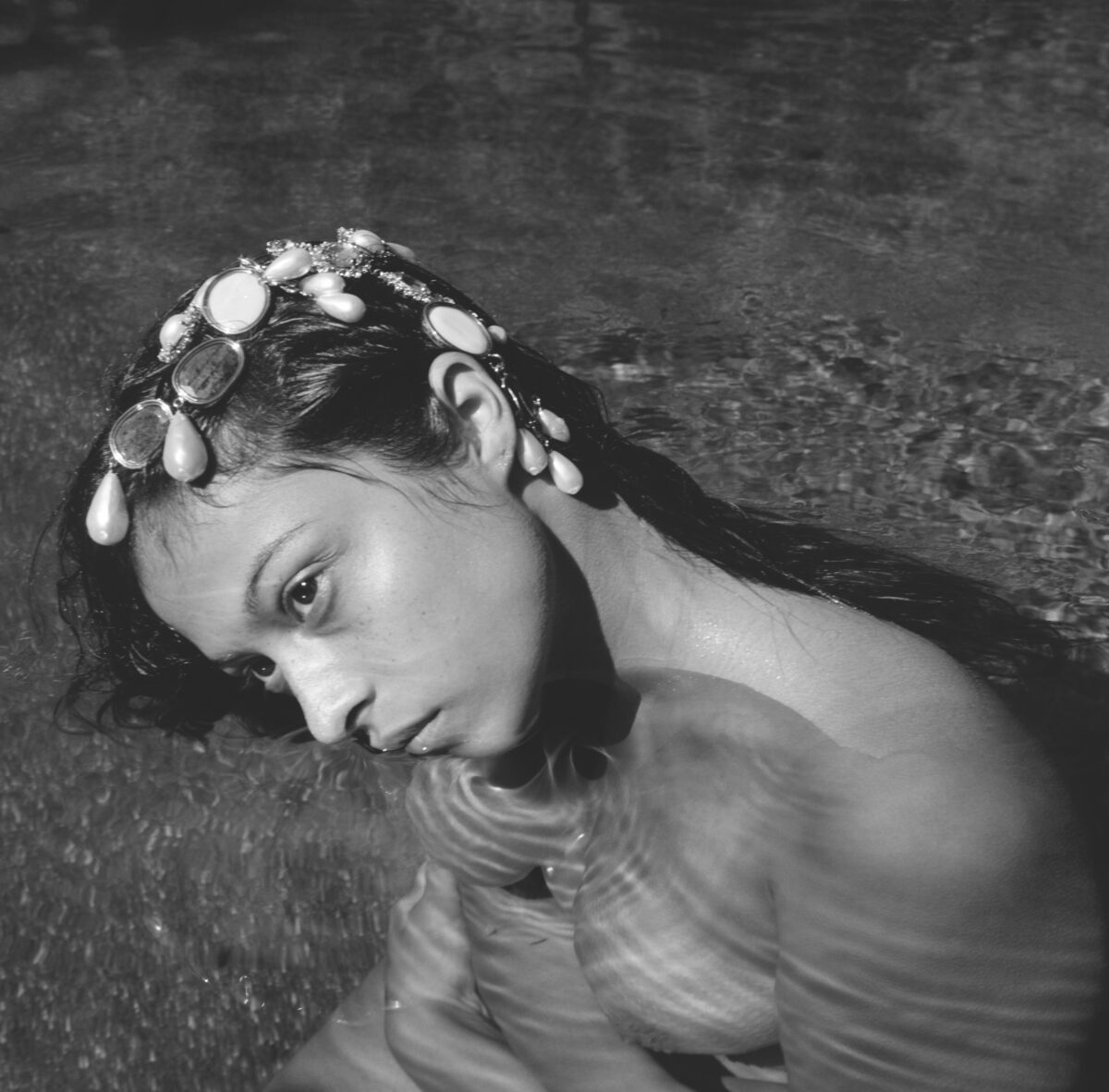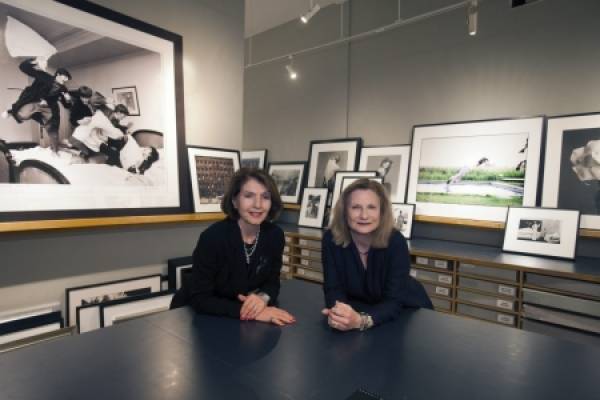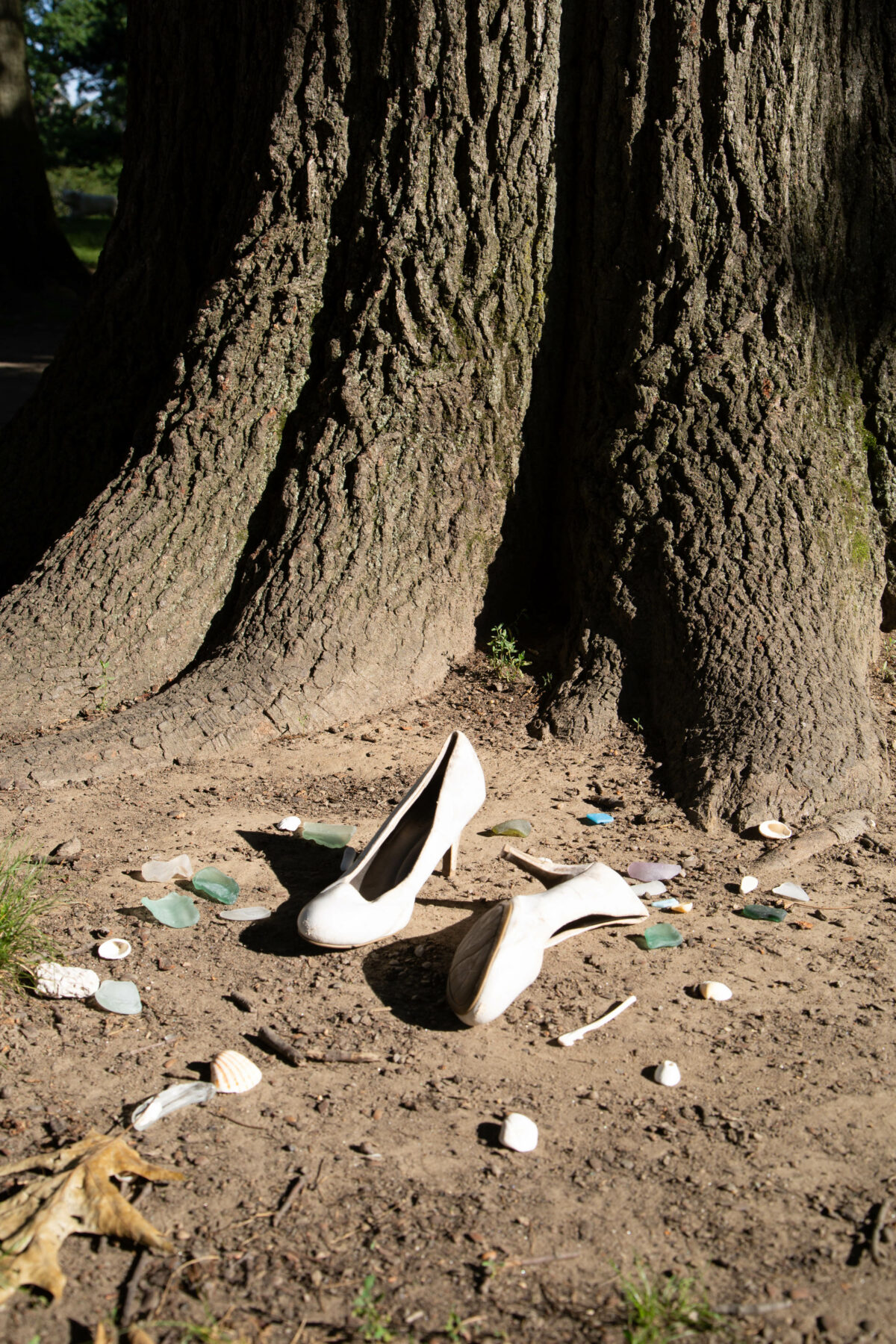What do you look for in a photography dealer? Consider the following attributes, all of which might be on most collector’s lists: Someone who can run a cozy, gemütliche space in a high-traffic Chelsea gallery zone; someone with an academically grounded commitment to vintage work, who represents contemporary practitioners with that self-same eye for quality; someone who hangs impressive public exhibitions on the pristine white walls of her gallery and is still able to imbue that space, which has room-spanning print rails and shelves stocked with print boxes, with a quirky, friendly vibe. Midwesterner-turned-Chelsea-dealer Deborah Bell fits that bill. In person, she’s modest and unprepossessing. But her inventory, an idiosyncratic mix that includes such heavyweights as August Sander as well as the under-appreciated Dutch artist Gerard Petrus Fieret, never feels middle of the road.
Bell came to dealing as an art historian and a practicing photographer—two tracks that began near St. Paul, Minnesota, where she was born. Bell’s first self-described “crash course” in art history came early, when she volunteered at Minneapolis’s Walker Art Center while she was still in high school—and loved every minute of it. As a tour guide, the young Bell had to think on her feet, answering questions about everything from ancient Chinese jade to Ashcan School painting. Her exposure, during the heady early 1970s, to the Walker’s many guest avant-garde artists, such as Merce Cunningham, Twyla Tharp, and filmmaker Michael Snow, inspired the young Bell to pursue a career in the arts. She earned her B.F.A. in photography from the Minneapolis College of Art and Design in 1976. Two years later, she came to New York and tried to make a living as a freelance photographer and photo assistant, doing grueling darkroom work for eight to ten hours a day at Helga Studio, where she made many a reprint from Berenice Abbott’s original negatives. On top of that, she went back to school at night to earn an M.A. in art history from Hunter College.
In 1983, Bell landed a post at Sander Gallery, which would prove formative to her dealing career. Not only did Bell learn all the backroom duties—making press prints, cataloguing—she got exposure to the work of vintage German and Czech masters (whom she handles today), and to veteran dealers like Rudolf Kicken and Harry Lunn, as well as curators like Richard Pare, of the Canadian Centre for Architecture. A job at the 57th Street powerhouse Marlborough Gallery (which represented Irving Penn and Bill Brandt, among others) followed in 1985. And in 1988, Pare gave her a job as his assistant at the CCA’s New York office. Two years later, in 1990, the CCA decamped from the posh Seagram Building, giving up its New York office, and Bell, who had already begun to deal privately part time from her cramped apartment on East 26th Street, contentedly expanded her business. Now she was, in her word, “free,” and she devoted herself to dealing full time, working with photographs by the masters she’d long respected, such as Louis Faurer, William Eggleston, Lisette Model, and Garry Winogrand, as well as such current mid-career practitioners as Norwegian artists Dag Alveng and Per Berntsen. The move to her small but well-appointed public space at 511 West 25th Street in 2001 was the logical next step. “I applied for a number of curatorial jobs in the early ’80s unsuccessfully, but now I feel fortunate,” she says. “I work for myself. I can be a lover of modern art and contemporary art—like I was back at the Walker. I don’t think they have to be mutually exclusive.”

